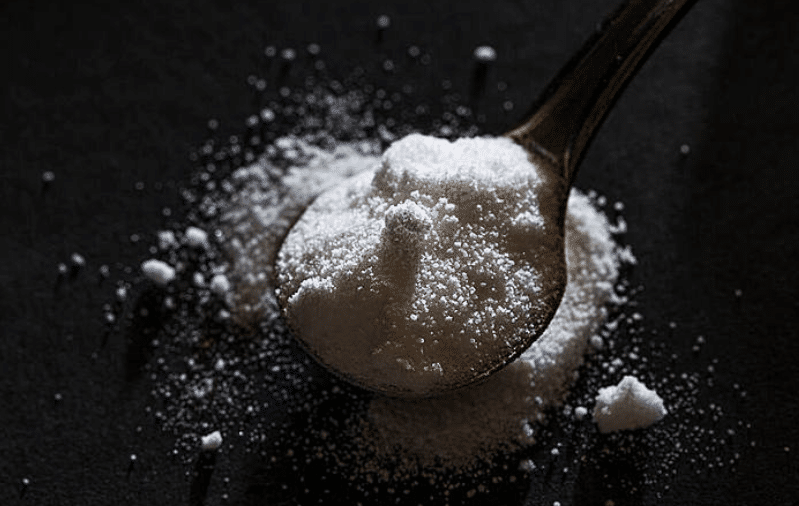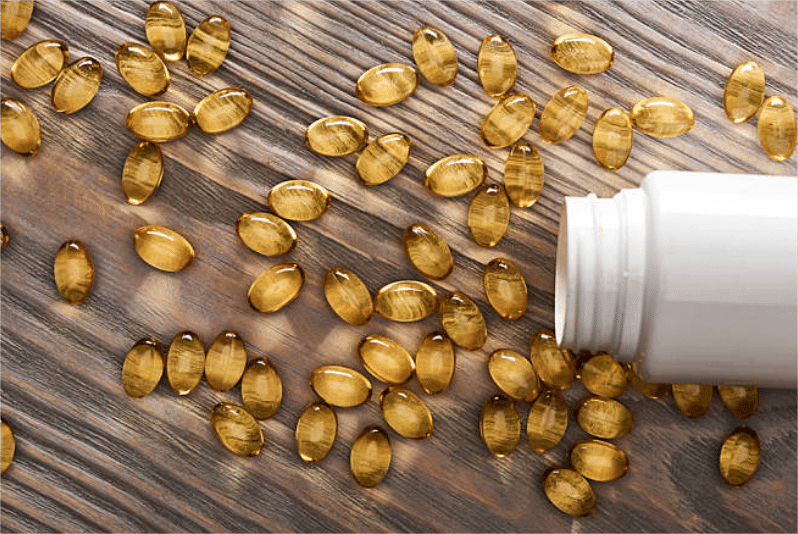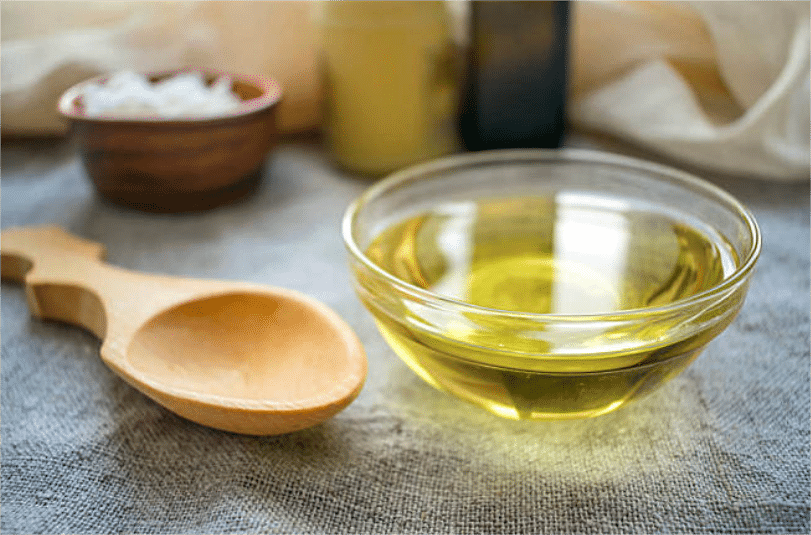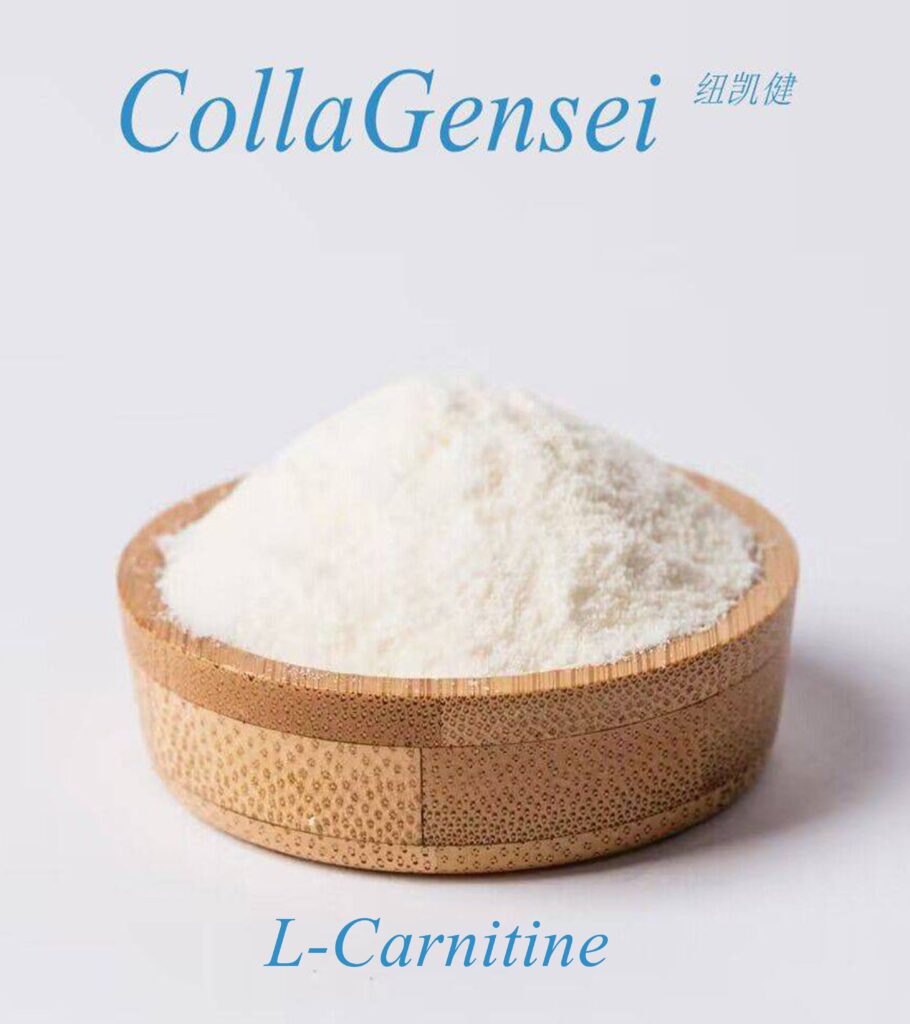A Comprehensive Analysis of L-Citrulline vs Citrulline Malate: Insights for B2B Procurement
In the ever-expanding world of dietary supplements, L-Citrulline and Citrulline Malate have gained considerable traction among both consumers and manufacturers. These compounds are celebrated for their ergogenic benefits, particularly in enhancing athletic performance and recovery. However, they are distinct substances with unique profiles. This article aims to provide B2B professionals with an in-depth comparison of L-Citrulline and Citrulline Malate, focusing on their efficacy, safety, production processes, and market applications.
Fundamental Overview
To better understand these two ingredients, let’s explore their essential characteristics.
L-Citrulline
- Also Known As: 2-Amino-5-oxo-pentanoic acid.
- CAS Number: 6020-87-7.
- Production Standards: Produced through fermentation or extracted from watermelon rind.
- Appearance: White, crystalline powder.
- Taste: Mildly sweet.
- Common Specifications: Commonly available as L-Citrulline powder.
- Shelf Life: Up to 2 years if stored properly.
- Storage Conditions: Keep in a cool, dry place away from light and moisture.
Citrulline Malate
- Also Known As: Citrulline Malate is a compound of L-Citrulline and malic acid.
- CAS Number: 114-78-9 (for malic acid).
- Production Standards: Typically synthesized through a direct reaction between L-Citrulline and malic acid.
- Appearance: White to off-white powder.
- Taste: Generally tart due to malic acid.
- Common Specifications: Often available in ratio forms, such as 2:1 or 1:1 (citrulline to malate).
- Shelf Life: Approximately 2 years when properly stored.
- Storage Conditions: Store in a cool, dry environment, protected from light.
Historical Context
L-Citrulline was first isolated in 1914 from watermelon. Research over the years established its role in the urea cycle and its potential benefits in improving blood flow and athletic performance.
Citrulline Malate emerged from the understanding that combining L-Citrulline with malate—a compound important in energy production—might amplify its benefits. Studies from the early 2000s have shown that Citrulline Malate can improve exercise performance and reduce muscle soreness.
Efficacy: Benefits and Uses
Understanding each ingredient’s specific benefits allows businesses to target their marketing efforts more effectively.
Benefits of L-Citrulline
- Enhances Nitric Oxide Production: L-Citrulline is known for boosting nitric oxide synthesis in the body, leading to improved blood flow and reduced fatigue.
- Improves Aerobic Performance: Studies have indicated that L-Citrulline supplementation can enhance endurance and recovery times.
- Aids in Muscle Recovery: By decreasing ammonia levels and enhancing blood circulation, L-Citrulline helps mitigate muscle soreness post-exercise.
Benefits of Citrulline Malate
- Combines Benefits of Citrulline and Malate: The incorporation of malate not only supports energy production but also improves the overall efficacy of Citrulline in reducing fatigue and soreness.
- Improves Exercise Performance: Research shows that Citrulline Malate may enhance aerobic and anaerobic performance, making it a popular choice for athletes.
- Reduces Muscle Soreness: Citrulline Malate has been shown to decrease delayed onset muscle soreness (DOMS) post-exercise.
Safety Profile
When considering any ingredient for supplementation, safety is paramount.
- L-Citrulline: Generally regarded as safe with few reported side effects. Some individuals may experience gastrointestinal discomfort at high doses.
- Citrulline Malate: Also well tolerated, with minimal side effects reported. However, like L-Citrulline, excessive amounts may cause digestive issues.
Production Processes
The production techniques for L-Citrulline and Citrulline Malate can affect cost, quality, and availability.
L-Citrulline Production
- Fermentation Process: Commonly derived from a fermentation process using specific bacteria or yeast, leading to high purity and consistency.
- Extraction: Can also be extracted from natural sources, such as watermelon, although this is less common in large-scale production.
Citrulline Malate Production
- Synthesis Method: Created through the reaction of L-Citrulline with malic acid, which can be done via chemical synthesis.
- Combining Ingredients: The production requires careful monitoring to ensure the correct ratio of citrulline to malate, impacting the final product’s performance.
Market Applications and Trends
Both compounds target different markets based on their unique benefits.
- L-Citrulline: Primarily marketed towards athletes and those seeking to improve cardiovascular health. Commonly found in pre-workout supplements and products aimed at enhancing endurance.
- Citrulline Malate: Targets a wider demographic, including gym-goers and endurance athletes. Its dual benefits make it a versatile ingredient in various formulations, from energy drinks to recovery supplements.
Regulatory Considerations
Navigating the regulatory landscape is essential for businesses.
- United States: Both L-Citrulline and Citrulline Malate are classified as dietary supplements under FDA regulations, subject to guidelines for safety and labeling.
- European Union: Similar regulations apply, with strict guidelines for marketing health claims associated with dietary supplements.
Market Outlook
The global demand for L-Citrulline and Citrulline Malate indicates promising growth:
- L-Citrulline Market: The market has shown significant expansion driven by rising consumer awareness regarding sports performance and recovery.
- Citrulline Malate Market: Increasing trends in fitness and wellness industries have bolstered the demand for Citrulline Malate, catering to a diverse range of customers from fitness enthusiasts to athletes.
Conclusion
In summary, both L-Citrulline and Citrulline Malate offer unique attributes that cater to varying consumer needs. L-Citrulline excels in improving blood flow and recovery, while Citrulline Malate amplifies these benefits with the inclusion of malate, enhancing overall performance. Understanding the differences can empower B2B clients to select the right product that aligns with their target market demands.
Which works better of L-Citrulline and Citrulline Malate?
Are L-Citrulline and Citrulline Malate equally effective for improving exercise performance?
Are L-Citrulline and Citrulline Malate similarly priced?
Are L-Citrulline and Citrulline Malate both effective for increasing nitric oxide production?
Are L-Citrulline and Citrulline Malate equally beneficial for muscle recovery?
Are L-Citrulline and Citrulline Malate both suitable for all dietary restrictions?
Are L-Citrulline and Citrulline Malate equally effective for reducing muscle soreness?
Are L-Citrulline and Citrulline Malate both easily absorbed by the body?
Are L-Citrulline and Citrulline Malate equally effective for improving blood flow?
Are L-Citrulline and Citrulline Malate both suitable for pre-workout supplements?
Are L-Citrulline and Citrulline Malate equally beneficial for cardiovascular health?
If you are interested in purchasing or want to learn more about high quality L-Citrulline raw materials, please reach out to us at sales@collagensei.com. At Gensei Global Industries, we provide high-quality, FDA-certified raw materials that comply with ISO, HALAL, KOSHER, and MSC certifications. Our warehouses are strategically located in California and New York, ensuring a consistent supply for your needs.
Investing in premium ingredients like L-Citrulline and Citrulline Malate can enhance your product offerings and resonate with health-conscious consumers. Don’t miss the opportunity to elevate your brand’s presence in the competitive dietary supplement market!




